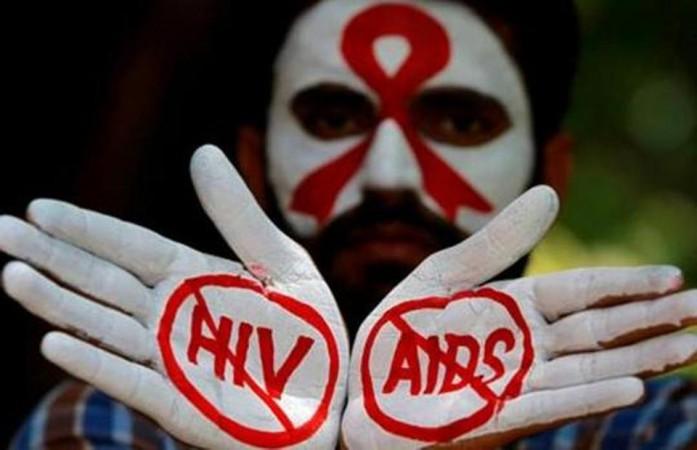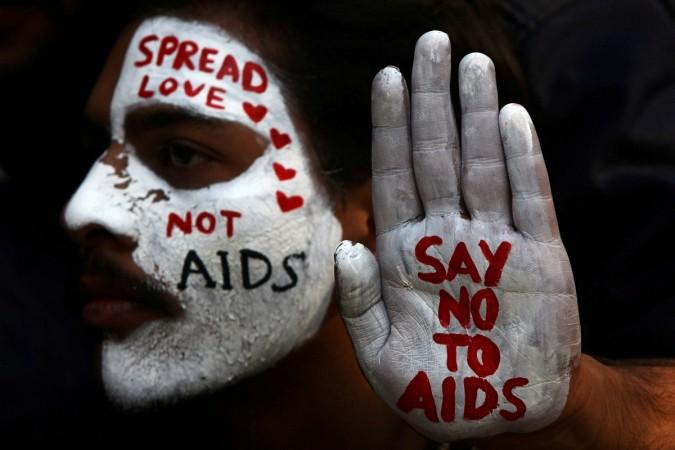
Wound healing events in mucous tissues during early infection by Simian Immunodeficiency Virus, or SIV, guard some primate species against developing AIDS, a new study has learned.
The research, published in the journal Nature Communications, looked at why certain species can carry the virus throughout their lives, and still avoid disease progression.
SIV is closely related to the Human Immunodeficiency Virus (HIV). It is used as a laboratory model for many studies seeking AIDS and HIV cures and preventions.
"We think the regenerative wound healing process likely preserves the tissue integrity, and could prevent the inflammatory insults that underlie immune exhaustion, cell death and AIDS that happen due to SIV or HIV infection," said study researcher Michael Gale, Professor at the University of Washington in the US.
What does the research say?
In this latest study, scientists sought to uncover, in natural hosts, successful virus-fighting tactics that could inform the design of better antiviral drugs to treat HIV in people.
The research team combined data from their experiments and from other published studies to generate their findings.
To evaluate the virus-host interactions and immune response in the early stages of the SIV and HIV infection, the researchers developed a systems biology approach -- a way of representing and interpreting complex interactions -- called Conserved Gene Signature Analysis.
They also conducted additional types of bioinformatics analyses, which incorporate methods and tools from computer science, biology, mathematics, statistics, information engineering and other fields.
As part of their study, the researchers compared virus-host interactions and immune response to SIV, including gene expression profiles, from the African green monkey, a natural host for HIV, with those from an AIDS-susceptible species, the rhesus macaque.

Similar data from human HIV infections was also evaluated.
The researchers explained that both HIV and SIV infect immune cells called T helper cells. These cells are abundant in the intestine and in specialised tissues elsewhere in the body.
The researchers found that, in contrast, African green monkeys in the early stages of SIV infection quickly activate and maintain regenerative wound healing mechanism in their mucosal tissue.
For example, in the monkeys, a white-cell mediated remodelling of tissue occurs. Some of the repair mechanisms, the researchers say, are evolutionarily conserved. One biological pathway, for instance, is roughly reminiscent of one observed in a salamander that can regenerate certain lost parts.
The green monkey's ability to activate mucous tissue wound healing, the research team found, interrupts the course of the disease such that the onset of AIDS is avoided.
"Our findings indicate that the use of therapies that stimulate the wound healing response during early infection could have a protective effect against disease from the HIV infection," Gale said.

















